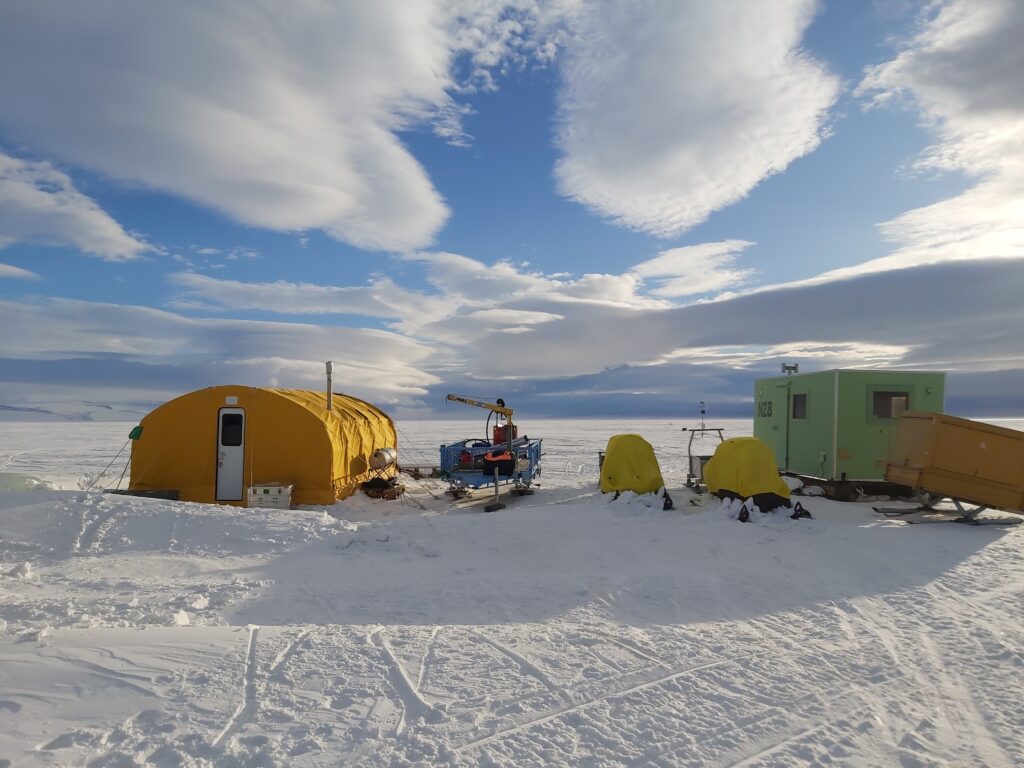Antarctic sea ice
1 December 2023
What is Antarctic sea ice?
A ring of sea ice surrounds Antarctica, which at its maximum in September, expands to an area more to that of Antarctica itself! But in the Antarctic summertime, it retreats to near the coastline. Frequent snowfall covers the Antarctic sea ice with a snowy blanket but wind and ocean currents drive the deformation of the Antarctic sea ice, ultimately creating a “soup” of snow-covered ice floes, broken up by cracks, leads and polynyas.
How can Antarctic sea ice changes impact the global climate system?
Antarctic sea ice plays an important role in the climate system because of its sheer size, and the great reflective power of ice and the snow. The open ocean absorbs most of the sunlight it receives, but sea ice reflects about 70%, and fresh snow even 85% of the sunlight back to space. Sea ice also acts as a barrier between the ocean and the atmosphere, keeping them from exchanging heat and moisture. Because of the complex structure of ice floes and leads, bare ice and snow, it is not an easy task to properly include sea ice in the atmospheric and ocean models.

Roberta Pirazzini (FMI), photo from the Marsden campaign at the McMurdo Sound, 2022
How will PolarRES look into the effects of this phenomena?
One of PolarRES tasks is dedicated to testing and improving Antarctic sea ice representation in the climate, ocean and coupled models.
How could this phenomenon impact Antarctic communities? Society? The surrounding environment?
The urgency of understanding the connections between the Antarctic sea ice and the changing climate is becoming clearer every year. On September 10, 2023, Antarctic sea ice reached its yearly annual maximum extent of… only 16.96 million square kilometres. The Antarctic sea ice is 1.75 million square kilometres below the average Antarctic maximum extent. By a wide margin, it is a record-low since the start of satellite records in 1979. Antarctic sea ice trends are less apparent than in the Arctic, where sea ice is declining fast. However, since 2016, a steep downward trend has increasingly captured the attention of polar researchers. The consequences could be far-reaching for Earth’s climate. But these extreme years also affect the local wildlife – the loss of sea ice at Emperor penguin breeding sites, before chicks develop waterproof feathers, can be catastrophic for the penguin population.
The article was published in collaboration with Kristiina Verro, PhD from Utrecht University.
Should you have any questions regarding this, please let us know!
Email us at weronika.fay@arctik.eu and hannah.hayes@arctik.eu
